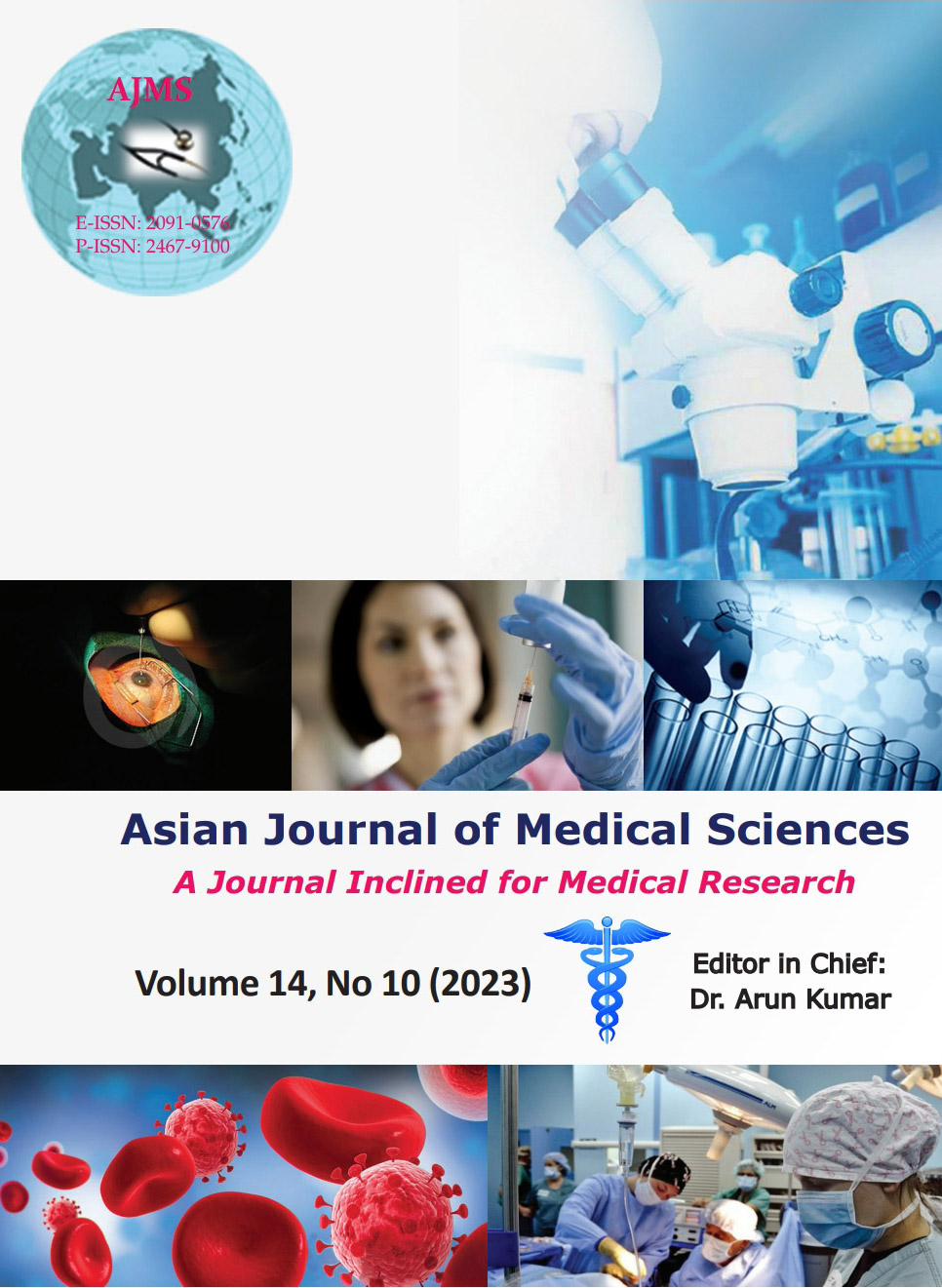A comparative study of oral clonidine and oral pregabalin as premedication for the control of haemodynamic surge in patients undergoing elective laparoscopic cholecystectomy
Keywords:
Cholecystectomy; Clonidine; Hemodynamic; Intubation; Pneumoperitoneum; Pregabalin; PremedicationAbstract
Background: Pregabalin, a gabapentinoid compound, which exhibits potent analgesic, anticonvulsant, and anxiolytic activity, is now additionally being used in the preoperative period to reduce stress responses to direct laryngoscopy and tracheal intubation as well as to reduce the opioid requirement perioperatively. Clonidine is also being used for amelioration of hemodynamic surge response both during laryngoscopy with endotracheal intubation as well as during various time points of pneumoperitoneum.
Aims and Objectives: The study was designed with an aim to compare the role of oral clonidine (200 mcg) and oral Pregabalin (150 mg) as premedications in controlling the hemodynamic surge response to direct laryngoscopy, endotracheal intubation, and pneumoperitoneum in patients posted for elective laparoscopic cholecystectomy under general anesthesia (GA).
Materials and Methods: Sixty-six adult patients aged between 20 and 60 years of age, American Society of Anesthesiologists physical status 1 and 2, undergoing elective laparoscopic cholecystectomy under GA with endotracheal intubation, were randomly allocated to two equal groups (n=33 in each group) to receive either single dose oral 200 mcg clonidine or single dose oral 150 mg pregabalin 2 h before induction of GA. Heart rate (HR), systolic blood pressure (SBP), diastolic blood pressure (DBP) and mean arterial blood pressure (MAP), and arrhythmia if any, were recorded at different points of time perioperatively and compared. Oxygen saturation (SpO2), end-tidal CO2 (EtCO2) were also compared at different points of time. Postoperative adverse effects like nausea and vomiting, shivering, and dry mouth were also noted and compared. Sedation was assessed in the immediate postoperative period using Ramsay Sedation Scale and was compared between the two groups.
Results: HRs were significantly lower in the clonidine group at 1, 2, 3, 4, and 5 min after laryngoscopy and 15 min after pneumoperitonium. MAP and SBP were significantly lower in the clonidine group at 3, 4, and 5 min after laryngoscopy and intubation. There was no significant difference in DBP between the two groups at different points of time. SpO2 and EtCO2 at different points of time and adverse effects like nausea and vomiting, shivering, and dry mouth were comparable between the two groups. Postoperative sedation score was also comparable between the two groups.
Conclusion: Oral clonidine (200 mcg) was found to be superior to oral pregabalin (150 mg) as a premedicant, in attenuating the hemodynamic surge during direct laryngoscopy, endotracheal intubation and during pneumoperitoneum in patients undergoing elective laparoscopic cholecystectomy under GA.
Downloads
Downloads
Published
How to Cite
Issue
Section
License
Copyright (c) 2023 Asian Journal of Medical Sciences

This work is licensed under a Creative Commons Attribution-NonCommercial 4.0 International License.
Authors who publish with this journal agree to the following terms:
- The journal holds copyright and publishes the work under a Creative Commons CC-BY-NC license that permits use, distribution and reprduction in any medium, provided the original work is properly cited and is not used for commercial purposes. The journal should be recognised as the original publisher of this work.
- Authors are able to enter into separate, additional contractual arrangements for the non-exclusive distribution of the journal's published version of the work (e.g., post it to an institutional repository or publish it in a book), with an acknowledgement of its initial publication in this journal.
- Authors are permitted and encouraged to post their work online (e.g., in institutional repositories or on their website) prior to and during the submission process, as it can lead to productive exchanges, as well as earlier and greater citation of published work (See The Effect of Open Access).




